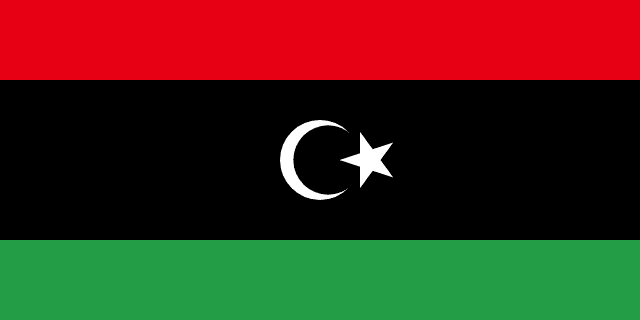Country Information
| Sovereign State | Yes |
| Country Codes | MT, MLT, 470 |
| Official Name | Republic of Malta |
| Continent | Europe |
| Capital | Valletta |
| Government Type | Parliamentary Republic |
| Currency | Euro (EUR) |
| Calling Code | +356 |
| Member Of | United Nations, European Union, Commonwealth of Nations, Council of Europe, World Trade Organization, Schengen Area |
| Population | Approximately 516,000 |
| Total Area | 316 km² |
| Highest Point | Ta’ Dmejrek (253 meters, 830 feet) |
| Lowest Point | Mediterranean Sea (0 meters, 0 feet) |
| GDP Per Capita | USD 29,500 |
| Life Expectancy | 82 years |
| Internet TLD | .mt |
Malta National Anthem
L-Innu Malti (The Maltese Hymn)
Guard, Lord, forever, as you’ve done erst and will do ever,
Our fathers’ land, whose flag we hold,
The shelter of the free, the loving home, the bulwark bold.
Guard her, O God, the fearless, the good.
May hate, envy and all bane
Be far from those who this same banner hold,
To it may glory and honor always remain.
Flags of Neighboring Countries


History of the Malta Flag
The flag of Malta is deeply rooted in the island’s rich history and symbolizes its national identity. The flag, adopted on September 21, 1964, the day Malta became independent from Britain, features two equal vertical bands of white (hoist side) and red. The George Cross, outlined in red, is in the upper hoist corner of the white band.
This distinctive design reflects the nation’s past and present. The white and red colors are traditionally associated with Malta, possibly dating back to the Norman conquest in 1091 when Count Roger I of Sicily supposedly gave the island a red and white flag. The George Cross, awarded to Malta by King George VI of the United Kingdom in 1942, honors the island’s extraordinary bravery during World War II, particularly during the Siege of Malta.
Throughout history, Malta’s flag has undergone several changes, reflecting various foreign rulers, including the Phoenicians, Greeks, Romans, Arabs, Normans, Knights of St. John, French, and British. However, the current flag symbolizes Malta’s independence and resilience. It’s a point of pride for Maltese people, representing their rich history and cultural heritage. The flag’s symbolism and colors continue to be a central aspect of Malta’s national identity and are celebrated every year on Independence Day.

